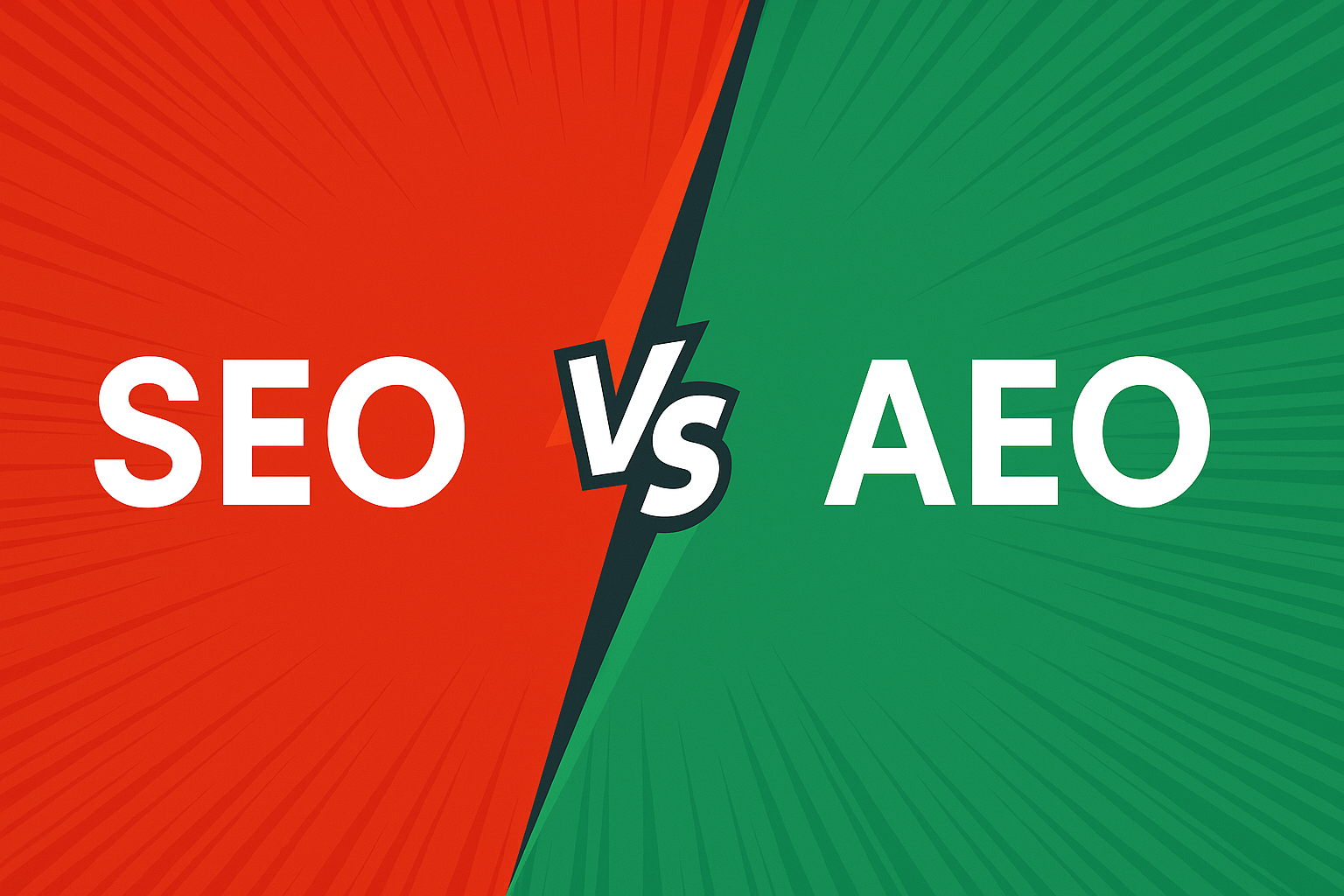How Responsive Design Enhances Website Performance and SEO
Responsive design is a crucial web development strategy that ensures your website adjusts seamlessly to various screen sizes, offering an optimal user experience across all devices. Whether visitors access your site on a desktop, tablet, or smartphone, a responsive design guarantees your content displays correctly and functions efficiently.
Boost User Experience with Responsive Web Design
One of the primary benefits of responsive design is the improved user experience. Visitors won't need to pinch, zoom, or excessively scroll to navigate your site. A responsive layout ensures users can easily browse your content, enhancing engagement and reducing frustration.
With better navigation and usability, responsive websites see lower bounce rates and extended site visits, which directly contribute to higher user satisfaction and improved conversion rates.
“Throughout the website building process, the BlinkJar team demonstrated professionalism and creativity, effectively transforming our outdated site into a visually captivating and user-friendly platform. BlinkJar not only modernized our website but also exceeded our expectations in both design and functionality.”
- Ash Abbott, MPress
Improve SEO with a Mobile-First Website Design
Search engines like Google prioritize mobile-friendly websites in their search rankings. Implementing a responsive design ensures your site meets Google's mobile-first indexing standards, increasing your chances of ranking higher in search results.
Additionally, managing a single responsive site, rather than multiple versions for different devices, simplifies your SEO efforts. It allows search engines to efficiently crawl and index your site, improving your overall SEO performance.
Reduce Website Bounce Rates and Increase Engagement
Responsive design improves load times by optimizing images and minimizing unnecessary code. Faster load times are essential for keeping visitors on your site, reducing bounce rates, and enhancing user satisfaction.
Websites with faster load times typically see better performance metrics, including higher average session durations and lower bounce rates. These are critical indicators of a successful, well-optimized website.
Benefits of a Responsive Website Design
As new devices with varying screen sizes and resolutions continue to emerge, a responsive design ensures your website remains accessible and functional. This adaptability protects your site against future technological changes and evolving user behaviors.
Investing in responsive design now will save time and resources, as your site will be well-equipped to handle the changing digital landscape. Offering a consistent, high-quality experience for all users boosts both your performance and your long-term success.
Why Every Website Needs Responsive Design
Responsive design isn't just a trend—it's a vital part of modern web development. From enhancing user experience and boosting SEO to improving load times and future-proofing your site, the benefits are clear. Let the experts at Blinkjar Media incorporate responsive design into your website strategy ensures you stay competitive in today's mobile-driven world.









